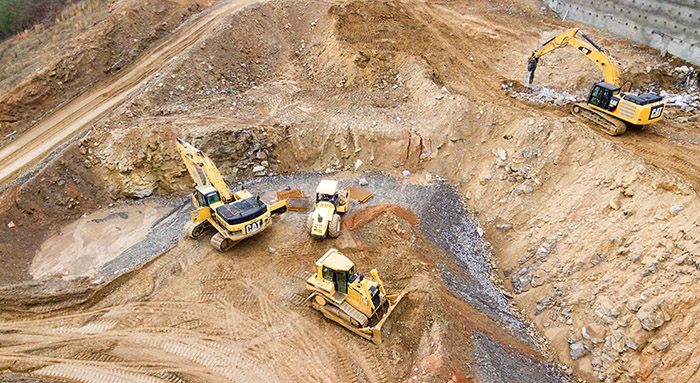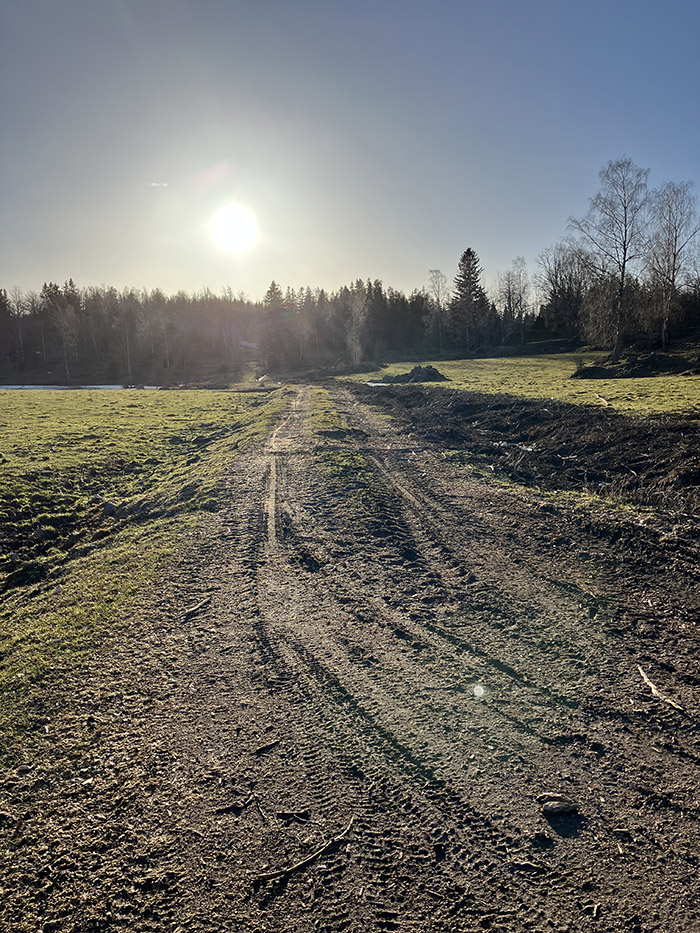Risks of simplified authorisation process for extraction of critical and strategic raw materials to be examined
“Gold and green forests: CRMA and the challenges of fossil-free electricity supply in Sweden” is the name of the three-year project that will analyse the social and environmental consequences of the simplified permitting process for the extraction of critical and strategic raw materials, which is part of the EU's Critical Raw Materials Act (CRMA) legislative package.

Genre image: Photo by Shane McLendon on Unsplash
Four employees from the School of Education and Communication (HLK) at Jönköping University (JU) have applied for, been granted and will carry out the research project that officially began on 1 June. The project has been granted just over SEK 7.8 million by the Swedish Energy Agency. The project leader is Ann-Sofie Kall, Senior Lecturer in Sociology, the other three are Johanna Bergström, Senior Lecturer in Global Studies, Åsa Nilsson Dahlström, Senior Lecturer in Global Studies and Åsa Westermark, Senior Lecturer in Human Geography, all belonging to the Sustainable Societies research environment.
“Of course, it feels very fun and exciting, and I'm really looking forward to working on this for three years together with competent colleagues. Our different backgrounds, experiences and perspectives are also something that I see as positive and important in such a complex issue as this,” says Ann-Sofie Kall.
The project Gold and Green Forests is limited to raw materials relevant for solar and wind power in Sweden and the EU and focuses on how the sustainability goals and OECD requirements on responsibility and due diligence in the EU's new raw materials initiative can be met, as well as the legal challenges that CRMA brings.
The new EU legislation
As recently as November 2023, the EU finalised its new legislation on critical metals and minerals (Critical Raw Materials Act). The Act will help secure access to these within the EU by simplifying the authorisation processes and drastically reducing the time it takes to obtain a permit to start mining. The simplification of the authorisation process is limited to ‘strategic projects’ defined by the EU.
In the past, it has been a very long process from the time a discovery is made until mining actually begins. You have to go through both EU and Swedish environmental laws, investigate the site of the proposed mine, apply for permits, deal with any appeals and so on.
“This long and thorough investigation will be very much accelerated. What we are now curious about is what the consequences will be. What are the environmental and social consequences? The social impact could, for example, be on people living in the neighbourhood, as in northern Sweden where we have reindeer husbandry,” says Åsa Nilsson Dahlström.
Fossil-free society and the green transition
The background to the new law is the demand for metals and minerals needed in the transition to a fossil-free society and for the increased electrification that is currently taking place. The EU wants to reduce its dependence on countries such as China and the Democratic Republic of Congo, which are rich in some of these metals. The pandemic highlighted the vulnerability of the EU in the global supply chain for these materials.
“The legislation was passed as recently as January this year and directives on how it will be implemented will be issued at the end of this year. This means that we will be in the middle of the process and be able to see what will become of this, how will it be interpreted, what will happen? Will the environmental courts be able to keep up, will they have the resources to process cases quickly and which projects will be prioritised, which minerals of the selected ones will be prioritised,” says Åsa Nilsson Dahlström.
The focus of the project will be Sweden and the EU, but they will also see what consequences this will have in the rest of the world. Where do these materials come from today and how do we get them here, these flows the project will look at.
Strategic projects
The first two sub-studies in the project will map the material flows and extraction sites, i.e. where is it intended that extraction will take place and what is the EU's reasoning on which sites in Sweden the extraction will take place.

The site of the planned mine in Norra Kärr. Photo: Åsa Nilsson Dahlström
“We will also map out the various players involved in these processes. There are many foreign companies outside the EU that want to come here and take advantage of these new deposits. In the project we are considering how the EU handles this, as the idea is that we should meet Europ´s own needs in the green transition. What happens when non-EU players come in and how will it be handled?” says Ann-Sofie Kall.
In Sweden, the Geological Survay of Sweden (SGU) identifies and documents deposits, which it then reports to the government. The EU can then decide whether these sites are designated as “Strategic projects”. Currently, there are three sites that have been designated as Strategic Projects: these are Kiruna, where mining is already taking place (not new mining, but where it has become profitable for the mining company to extract critical material from slag products that have already been mined), Olserum outside Västervik and Norra Kärr in Ödeshög municipality, which is described as Europe's largest deposit of this type of rare earth elements.
“The new law states that the guideline is that it should take a maximum of 24 months before you are told whether you can leave. That's a very short period from when you apply until you can start. So it may be that we in the project have time for a decision to be made on extraction,” says Ann-Sofie Kall.
